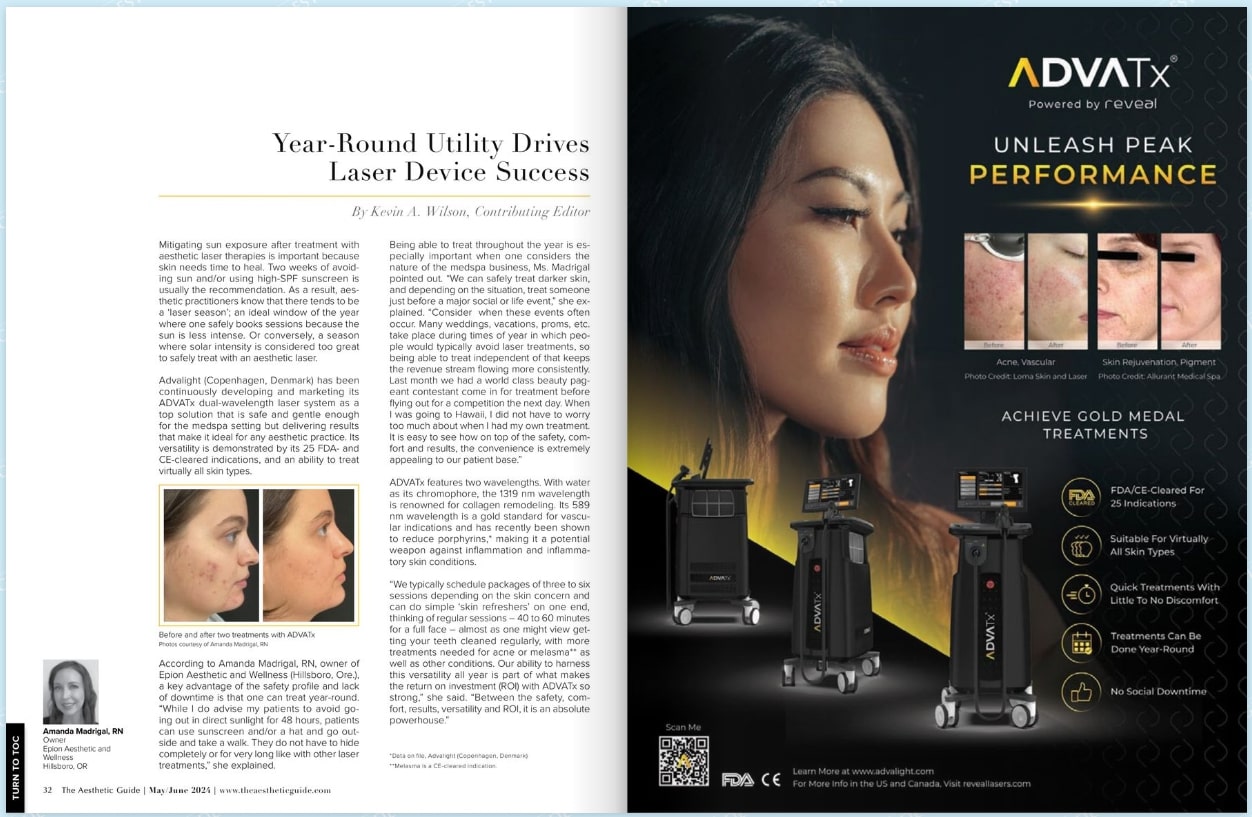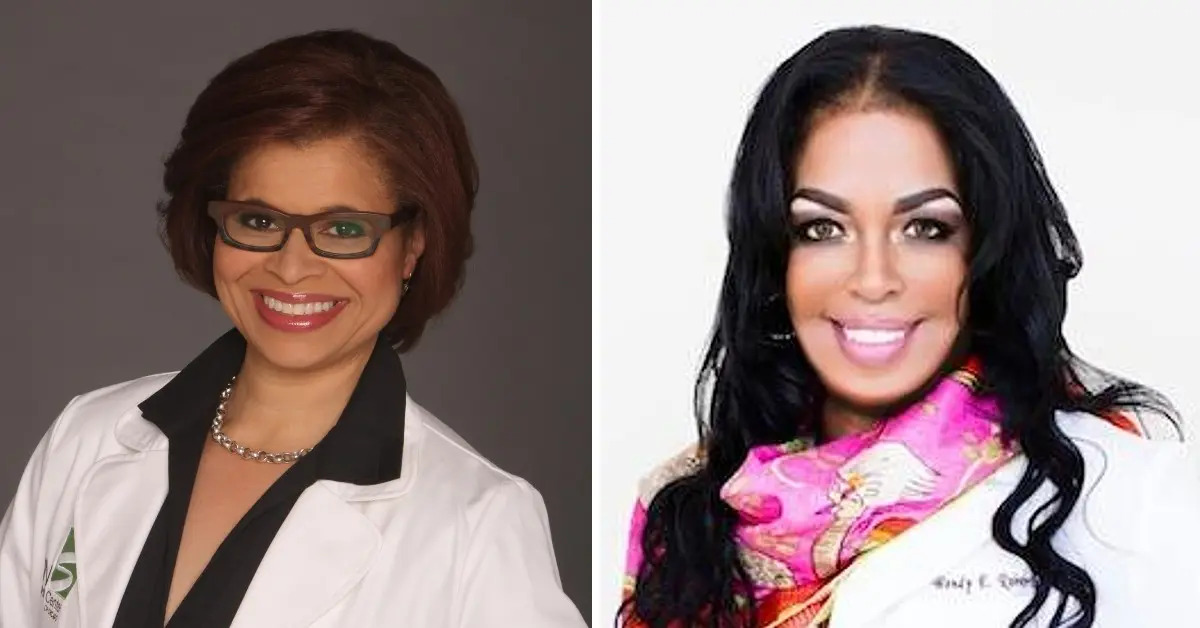
PRESS
Women’s History Month Spotlight: ‘Women Changing the Face of Beauty’
March 4, 2024

By: Elizabeth Harker
Mar. 4 2024, Published 2:36 a.m. ET
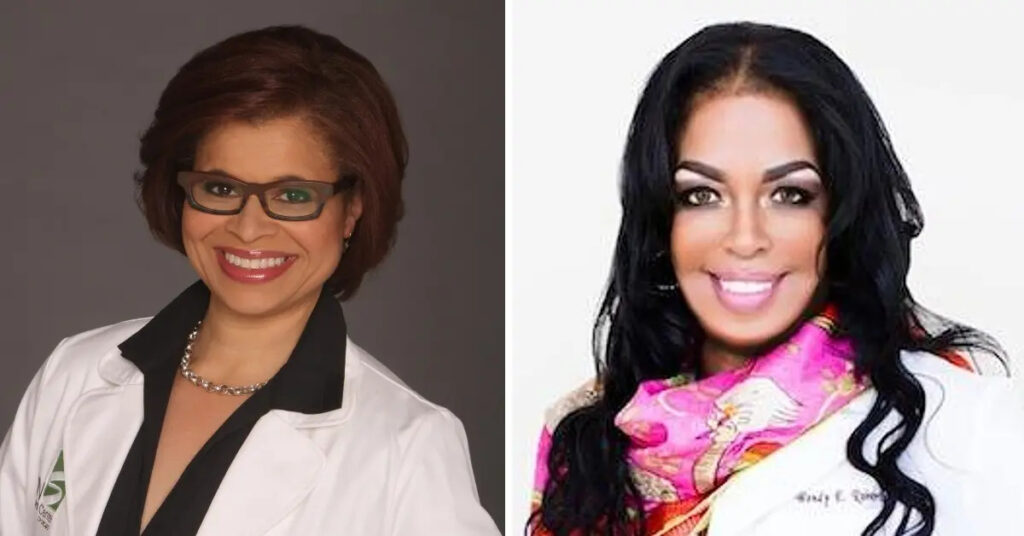
For decades, the beauty industry has dominated global markets; growing exponentially year in, and year out. Anywhere in the world the same images appear – smiling faces, promising eternal youth and aesthetic perfection. Yet despite a surging demand, there still exists an “invisible patient”, one which has largely been ignored, and often been misunderstood. That patient, is a patient of color. With less than 5% of all Dermatologists in the United States identifying as BIPOC, and an even smaller percentage also being women; this issue is far more than skin deep.
In celebration of Women’s History Month, we spotlight Brooke Jackson, MD, FAAD and Wendy Roberts, MD, FAAD; both Board Certified Dermatologists, and both women of color. Not only have they devoted their careers to expanding health equity and excellence in patient care, but have worked to advance dermatological solutions for women of color in the field of aesthetics.
With anti-aging procedures becoming as commonplace as ever, Dr. Jackson and Dr. Roberts explain why for so long, those treatments were not recommended to women with highly pigmented skin. As part of their advocacy work, they aim to educate and empower patients of color to know what treatments are both safe and effective for their skin, and what the future holds as the “face of beauty” takes on a new shade.

Q: Why have patients of color oftentimes been advised against aesthetic treatments?
“At the beginning of the aesthetic explosion, patients of color were not a part of the aesthetic conversation. Our skin issues like pigmentation, aging, and skin laxity were under diagnosed.” according to Dr. Roberts. This problem was compounded by a lack of representation in clinical trials which initially excluded patients of color. According to Dr. Jackson, this lack of diversity can be attributed to a host of factors, from an inherent distrust of the medical system amongst black patients (a painful response to historic atrocities like the “Tuskegee Experiment”) to selective recruitment for cosmetic clinical trials. All of this combined, created products and treatments which were not designed for melanin rich skin.
Q: What is the difference in treating a patient of color vs. a patient with lighter skin tones?
“Interestingly, it is not about skin tone at all, and this is where the confusion lies” says Dr. Roberts. “It is about genetics and how your skin will behave when a device, scalpel or laser touches it.” According to Dr. Jackson, “devices which are effective, and safe for skin of color will affect the target tissue (collagen, hair follicle) without causing inflammation or damage to the melanocyte” – the part of the cell that produces and contains the pigment called melanin.
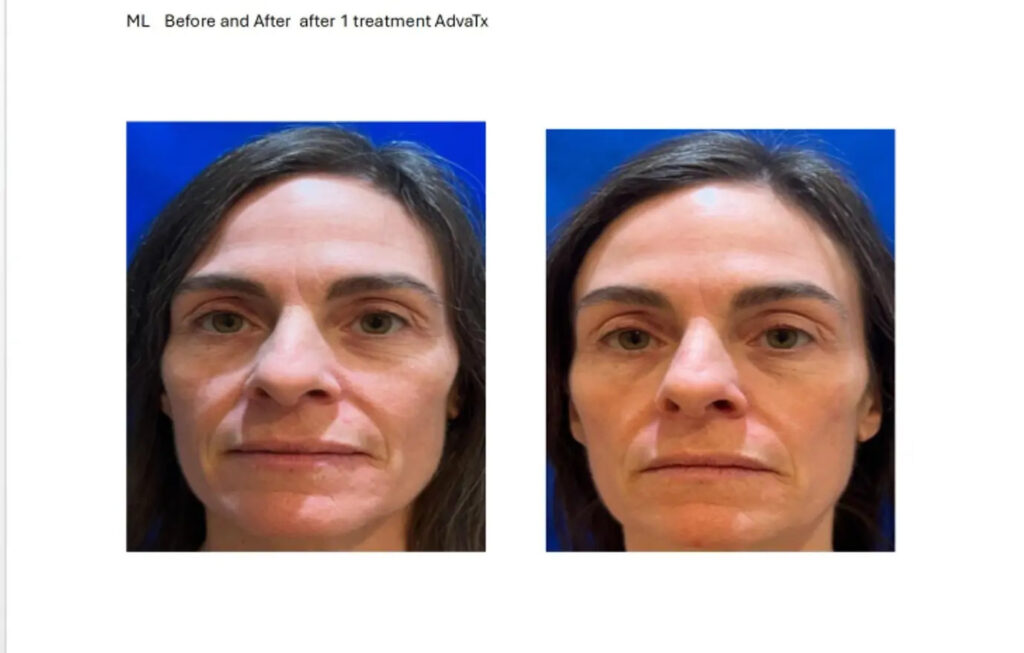
Q: How has technology advanced to make treatment options both safe and effective for patients of color?
“The growth of ‘color blind devices’, i.e., microneedling, radio frequency, plasma and other technology have been tested and proven safe and efficacious, and can be used on all skin types”, according to Dr. Roberts. “The laser physics of a device like ADVATx, from passive epidermal cooling, pulse duration, and [589 nm] wavelengths” work for virtually all skin types, and are both painless and require minimal social downtime according to Dr. Jackson.

Q: What treatment methods would you recommend to younger patients of color that are safe and effective?
“I love using ADVATx on the teen group. Teens are notoriously non-compliant with their topical and oral treatments, yet want to see improvement quickly” says Dr. Jackson. Inflammatory acne is one of the top skin concerns for this age group, and “ADVATx will treat inflamed acne lesions beautifully while targeting the sebaceous glands, offering a beautiful glow to the skin while minimizing the appearance of pores” regardless of skin color.
Q: What treatment methods would you recommend to older patients of color that are safe and effective?
“ADVATx works on more factors for aging skin than any other laser on the market, including enlarged pores, telangiectasia from the accumulation of sun damage, uneven skin tone, and hyperpigmentation” according to Dr. Roberts. It also has the ability to “treat darker skin types in a way others have not, offering a no downtime, painless treatment,” according to Dr. Jackson.
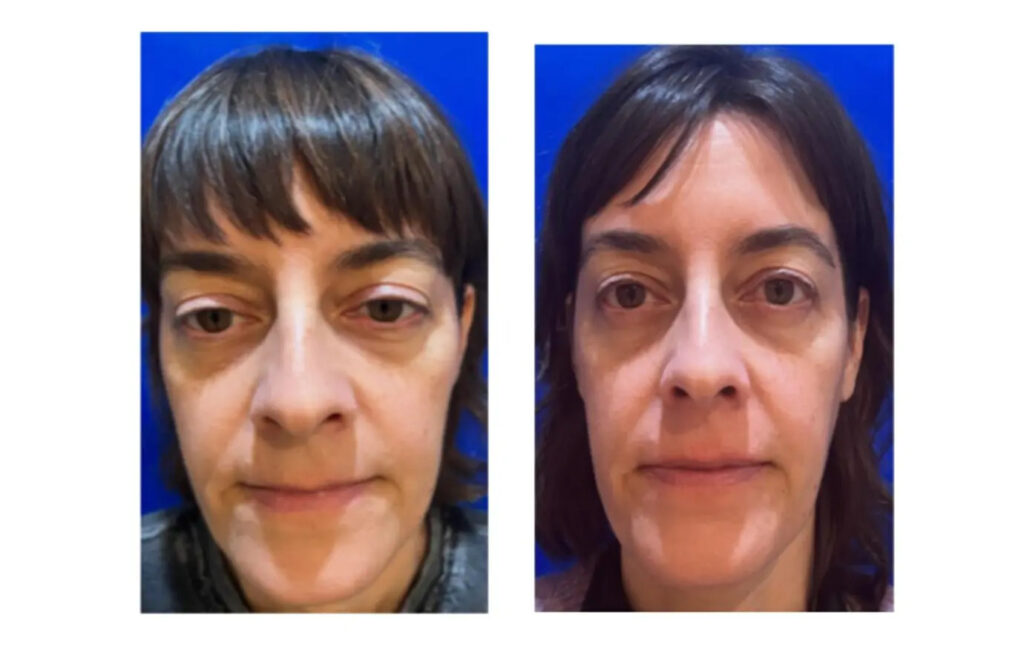
Q: Lastly, considering that less than 5% of all Dermatologists are BIPOC, can this affect patient trust in adopting new treatment methods?
“Absolutely”, according to Dr. Roberts. “Theoretically you can be a non-BIPOC Dermatologist and be a skin of color expert, and that is the big lofty goal of educational training in skin of color. We want everyone to be an expert in treating skin of color regardless of ethnicity. All BIPOC Dermatologists were trained with white skin being the gold standard, and we learned it well. The same should be true for all skin types. That being said, with regard to adopting new skin treatment methods, patients tend to trust people that look like them or have similar skin qualities they can relate to. This makes sense for where we are today…we are evolving.”
LATEST NEWS
Year-Round Utility Drives Laser Device Success
May 15, 2024Mitigating sun exposure after treatment with aesthetic laser therapies is important because skin needs time to heal.
READ MORE >Women’s History Month Spotlight: ‘Women Changing the Face of Beauty’
March 4, 2024By:... Elizabeth HarkerMar. 4 2024, Published 2:36 a.m. ETFor decades, the beauty industry has dominated global markets;
READ MORE >The Right Age for Aesthetic Procedures: Enhancing Beauty with Care
July 18, 2023We explore the factors to consider when contemplating aesthetic treatments and the importance of a balanced approach to beauty enhancement.
READ MORE >
UPCOMING EVENTS
Check out our Education + Events page for the latest
Click here or call (877) 566-1108 to find out more.


